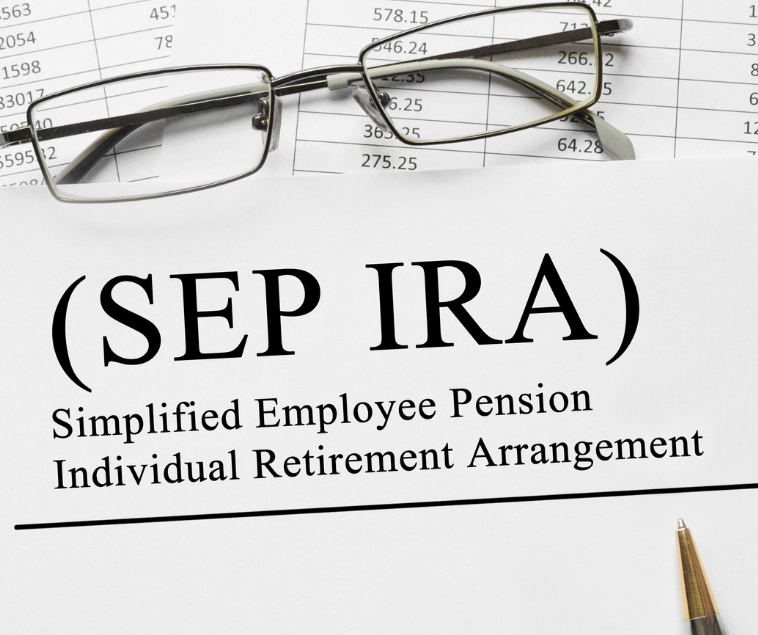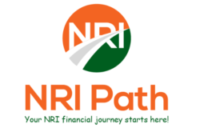Retirement planning begins with selecting the right tax-advantaged accounts to accumulate wealth efficiently. The 401(k), IRA, and SEP IRA are foundational tools that offer structured savings, tax benefits, and long-term growth potential. Understanding their mechanics and strategic applications is essential for building a resilient retirement portfolio.

401(k): Employer-Sponsored Retirement Plan
Contribution Limits:
Employees can contribute up to $23,500 annually.
Individuals age 50 or older can make an additional $7,500 catch-up contribution.
For those aged 60–63, an additional $11,250 “super” catch-up is available.
Total combined employer and employee contributions cannot exceed $70,000 (or higher if catch-ups apply).
Employer Match:
Many employers match a percentage of employee contributions—typically 3% to 6% of salary—which is essentially free money toward your retirement.
Tax Treatment:
- Traditional 401(k): Contributions reduce taxable income, and growth is tax-deferred until withdrawal.
- Roth 401(k): Contributions are made after-tax, but qualified withdrawals are tax-free in retirement.
Investment Options:
Plans typically include mutual funds, target-date funds, and ETFs, allowing diversification based on age and risk tolerance.
Required Minimum Distributions (RMDs):
Begin at age 73 (or 75 if born in 1960 or later), unless the employee is still working for the same employer.
Strategic Use: Always maximize your employer match first—it’s an immediate return on investment. A 401(k) is ideal for employees seeking automated savings, tax efficiency, and long-term wealth accumulation.
IRA: Individual Retirement Account
An IRA is a self-directed retirement account that offers flexibility in investment choices and tax treatment.
An IRA is a self-directed retirement account that offers flexibility in investment choices and tax treatment.
Types of IRAs:
• Traditional IRA: Contributions may be tax-deductible, earnings grow tax-deferred, and withdrawals are taxed as ordinary income in retirement.
• Roth IRA: Contributions are made with after-tax dollars, and qualified withdrawals are tax-free if age and holding requirements are met.
Contribution Limits (2025):
• Up to $7,000 per year
• Additional $1,000 catch-up for individuals age 50 or older (total $8,000)
Eligibility Notes (2025):
• Traditional IRA: Deductibility phases out for those covered by a workplace plan when income is between:
– $77,000–$87,000 (single)
– $123,000–$143,000 (married filing jointly)
• Roth IRA: Contribution eligibility phases out between:
– $150,000–$165,000 (single)
– $236,000–$246,000 (married filing jointly)
Strategic Use: Roth IRAs are ideal for tax-free growth and estate planning, while Traditional IRAs may suit those seeking immediate tax deductions or expecting a lower tax bracket in retirement.

The SEP IRA: Simplified Employee Pension for Entrepreneurs
A SEP IRA is designed for self-employed individuals and small business owners, offering higher contribution limits and simplified administration compared with traditional retirement plans.
Key Features:
• Contribution Limit (2025): Up to 25% of compensation or $70,000, whichever is less
• Tax Treatment: Contributions are tax-deductible, and earnings grow tax-deferred until withdrawal
• Flexibility: No annual funding requirement — contributions can vary from year to year
• Eligibility: Available to any business owner with eligible employees (age 21 or older, worked at least 3 of the last 5 years, and earned at least $800 in 2025); the employer must contribute the same percentage for all eligible employees
Strategic Use: Ideal for self-employed professionals, freelancers, and small-business owners seeking a high-limit, low-maintenance retirement plan without complex administrative burdens
Why These Accounts Matter
These accounts serve dual purposes: retirement accumulation and tax optimization. They allow individuals to:
- Reduce current taxable income
- Grow assets tax-deferred or tax-free
- Create structured withdrawal strategies in retirement
- Leverage advanced planning techniques such as:
- Roth Conversions: Shifting pre-tax assets to Roth for future tax-free withdrawals
- Mega Backdoor Roth: High-income earners using after-tax 401(k) contributions to fund Roth IRAs

Looking for more flexibility in funding and withdrawals?
You may want to explore a Cash Value Life Insurance (CVLI) plan structured under IRC Section 7702. These plans offer a unique blend of protection and tax-advantaged growth, allowing policyholders to:
- Build cash value over time on a tax-deferred basis
- Access funds through policy loans or withdrawals, often without triggering immediate taxation
- Strategically supplement retirement income or bridge funding gaps
- Maintain compliance with IRS guidelines for life insurance contracts
CVLI can be a powerful tool for long-term financial planning, especially if you’re seeking control, liquidity, and tax efficiency.
For a deeper dive into how CVLI works and whether it aligns with your goals, check out the full article here.
The Next Chapter: Term Life vs Permanent Life
Once your retirement accounts are in place, the next step is protection planning. Life insurance ensures your financial plan remains intact in the face of unexpected loss. Understanding the differences between term and permanent coverage is critical for aligning protection with your long-term goals.
